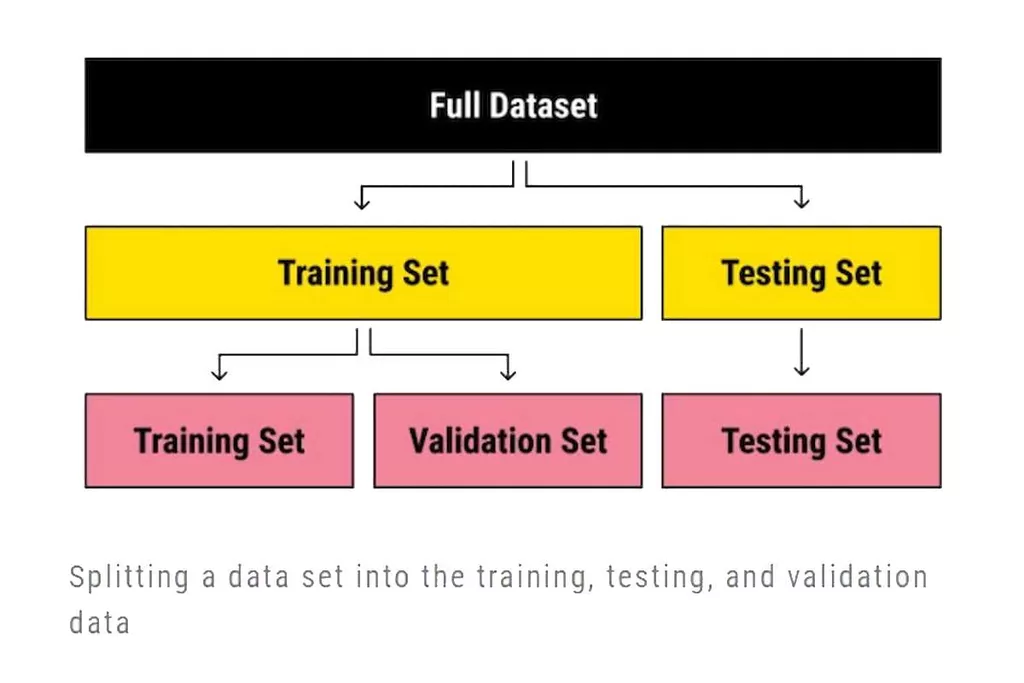Once the software is certified, and no bugs or errors are stated, then it is deployed. During this stage, unit testing, integration testing, system testing, acceptance testing are done. For Example, A client wants to have an application which concerns money transactions. In this method, the requirement has to be precise like what kind of operations will be done, how it will be done, in which currency it will be done, etc. This is the phase where where the data and components from the old system are moved to the new one. Furthermore, this is also the phase where the actual installation of the new system is done.
Here, the software engineers will follow the coding standard or guideline and complete the development of the application. After completion of development all the modules and sub modules will be integrated together for training purposes and detects errors. Stackify’s APM tools are used by thousands of .NET, Java, PHP, Node.js, Python, & Ruby developers all over the world.
SDLC Phase 9: Disposal
While time-consuming, prototyping is much less expensive than making radical changes after the development phase. Ensuring every phase of the SDLC accounts for security is vital, but do not overlook the value of a dedicated testing phase. There’s no reason not to have a separate stage for in-depth testing even if other SDLC steps have some built-in security analysis. 7 stages of the System Development Life Cycle offer a lot of benefits to development teams who use it properly.

However, the Agile model’s flexibility is preferred for complex projects with constantly changing requirements. If a problem is identified during any phase of the systems development life cycle, the phases of system development life cycle developer may have to proceed through the life cycle phases once more. All phases of the systems development life cycle need to occur for the success of the app and satisfaction of its users.
Get the latest news, tips, and guides on software development.
They’ll typically turn the SRS document they created into a more logical structure that can later be implemented in a programming language. Operation, training, and maintenance plans will all be drawn up so that developers know what they need to do throughout every stage of the cycle moving forward. Furthermore, developers will often create a software requirement specification or SRS document.
- In such a market, approaching software creation in any way that does not involve a pre-defined SDLC is not a business-wise move.
- The information system will finally be built and incorporated into its environment.
- Ideally, testing should happen at every stage of the SDLC to address issues early when they are fastest and most cost effective to fix.
- Several pitfalls can turn an SDLC implementation into more of a roadblock to development than a tool that helps us.
- Other less common SDLC phases that are still worth knowing are dedicated steps for deconstructing apps, retiring software, and writing documentation.
- All of the preliminary planning and outlining should, in principle, make the actual development step pretty simple.
A software life cycle model (also termed process model) is a pictorial and diagrammatic representation of the software life cycle. A life cycle model represents all the methods required to make a software product transit through its life cycle stages. At the end of the development phase, the systems might look fully operational, but it is important that they are first tested before going live. This irons out any kinks in the systems to make sure that it is working as perfectly as it should be.
Significance of System Design
System assessments are conducted in order to correct deficiencies and adapt the system for continued improvement. Relevant questions include whether the newly implemented system meets requirements and achieves project goals, whether the system is usable, reliable/available, properly scaled and fault-tolerant. Process checks include review of timelines and expenses, as well as user acceptance. Learning about major methodologies of SDLC, along with their benefits and drawbacks, enables you to set up effective system development processes that deliver the best possible outcomes. Verification and validation methodology requires a rigorous timeline and large amounts of resources.
It’s also important to know that there is a strong focus on the testing phase. As the SDLC is a repetitive methodology, you have to ensure code quality at every cycle. Many organizations tend to spend few efforts on testing while a stronger focus on testing can save them a lot of rework, time, and money. Once when the client starts using the developed systems, then the real issues come up and requirements to be solved from time to time. In this phase of SDLC, the actual development begins, and the programming is built. Developers have to follow the coding guidelines described by their management and programming tools like compilers, interpreters, debuggers, etc. are used to develop and implement the code.
SDLC Phase 1: Preliminary Analysis
It is important to dispose of system information discreetly and securely, as much of the information can be of a personal nature. Before looking to launch a new system, it is important to first understand what is needed to develop the system successfully. The business systems analyst should have a good idea of what the company requires from a particular system while considering what the client needs from the company.

The software development lifecycle (SDLC) is the cost-effective and time-efficient process that development teams use to design and build high-quality software. The goal of SDLC is to minimize project risks through forward planning so that software meets customer expectations during production and beyond. This methodology outlines a series of steps that divide the software development process into tasks you can assign, complete, and measure. SDLC products from software vendors promise organizational clarity, modern process development procedures, legacy application strategies, and improved security features. Vendors such as Oracle, Airbrake, and Veracode provide software development solutions in their complete enterprise software offerings.
Project Managing the System Development Life Cycle
Rapid development cycles help teams identify and address issues in complex projects early on and before they become significant problems. They can also engage customers and stakeholders to obtain feedback throughout the project lifecycle. However, overreliance on customer feedback could lead to excessive scope changes or end the project midway. Once you’ve got your design plans in front of you, it’s time for wireframing and mockups. This step builds upon the planning stage, building out the tasks you need to do in the work breakdown schedule.

This design phase of SDLC process includes the design of system’s architecture, network diagram, databases, user interfaces, and system interfaces. In SDLC, documentation is crucial, regardless of the type of model chosen for any application, and is usually done in parallel with the development process. Some methods work better for specific kinds of projects, but in the final analysis, the most crucial factor for the success of a project may be how closely the particular plan was followed.
Integration and Testing
DevOps is a set of practices and philosophies that combines software development and IT operations. This practice takes SDLC concepts to the next level by introducing high levels of automation and focusing on smaller software releases. Secure SDLC (or SSDLC) is a software life cycle with fully integrated security checks at every phase. Teams start thinking about security risks and measures during the first stage of the SDLC.
